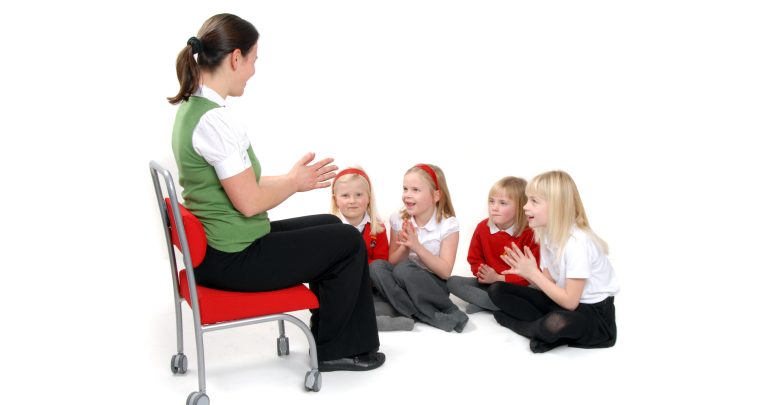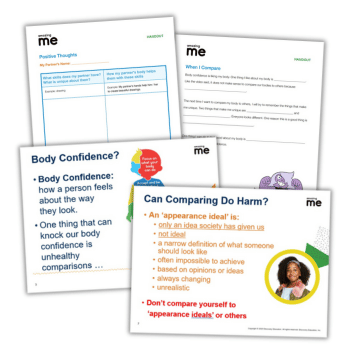Straight Talking: What teachers need to know about back pain

Physiotherapist Lorna Taylor explains how school and nursery staff can reduce the likelihood of encountering musculoskeletal injuries during the course of their working day…

- by Lorna Taylor

Musculoskeletal pain is a common cause of absence in schools, with short-term problems liable to result in long-term sick leave if not dealt with properly. Those working with younger children are most at risk from musculoskeletal injuries, but it’s something that can affect all teaching staff.
Child-oriented environments, budget restrictions and performance targets can all combine to push considerations of musculoskeletal health and the benefits of ergonomics down a school’s list of priorities.
Yet it’s entirely possible to create working and learning environments that are both safer and healthier, and for staff to adopt better working habits, leading to improved well-being for staff and pupils alike. Musculoskeletal health interventions can also help reduce long term costs, boost staff performance and produce better academic outcomes for pupils.
By following the tips below, you can reduce the likelihood of being affected by back, neck, hip and knee conditions later down the line.
1 Don’t always use a laptop positioned flat on a desk or in your lap. Laptops should be raised up or placed on a stand so the top of the screen is at eye level and used alongside a separate mouse and keyboard. The same applies when working at home.
2 You should have access to a standard height desk and chair or appropriately positioned worktop when carrying out administrative tasks. You should not have to regularly use a child’s desk and table when planning and marking!
3 Under health and safety regulations, it’s mandatory for all staff who use computers regularly to complete a DSE (display screen equipment) risk assessment.
4 Look into letting people stand and move during meetings, or at least try to observe the ’30:30 rule’. Limit sitting to 30mins at a time, followed by a 30-second period of stretching and moving. You can also apply this at home.
5 Encourage staff to take rest and movement breaks. After someone develops back pain for the first time it’s much more likely to re-occur. Prevention is the best form of protection.
6 Create a system in school where staff can report tasks they find difficult – if one member of staff is finding a task challenging, it’s likely that others will too. Early intervention and prevention will help to prevent long-term issues.
7 Consider investing in ‘back-friendly’ equipment appropriate to different roles and situations. Doing so will help staff to perform at their best, boost morale and lesson the risk of injury. Such items might include height adjustable mobile laptop tables, adjustable mobile chairs and supportive staff room seating.
8 Create safer storage areas by keeping heavier items between wrist and elbow height. Minimise cupboard clutter to allow easier, unrestricted access and try to ensure that storage sheds have ramped, rather than stepped access – portable wheelchair ramps can provide a cost-effective, space-saving solution. See to it that students can safely retrieve their own equipment without having to rely on staff.
9 Be comfortable before you begin. You can limit the need for stooping, twisting, crouching and bending over by setting furniture at the correct height, locating equipment within easy reach and altering how you or your students are positioned ahead of time.
10 Don’t struggle when moving furniture, books and other heavy items – ask for assistance. Could your books be transported in a wheeled trolley case? Don’t carry heavy bags on one shoulder. Instead, use a rucksack or bag worn across your body and swap sides regularly. Open doors fully before you walk through, rather than twisting your spine as you pass through.
All employers have a duty of care towards their staff. If you are experiencing physical discomfort that you believe may be work-related, raise the issue with your school’s health and safety representative and ask for a risk assessment. If any problems are identified but no action is taken, the employer risks exposing themselves to a personal injury claim.
Lorna Taylor is a paediatric physiotherapist and regularly provides back care education to schools and nurseries. She is also the creator of the JollyBack low mobile chair for teaching and support staff (pictured above), available online via www.jollyback.com alongside a number of other furniture and cushioning solutions. For more details, visit www.childrenfirstphysio.co.uk.










